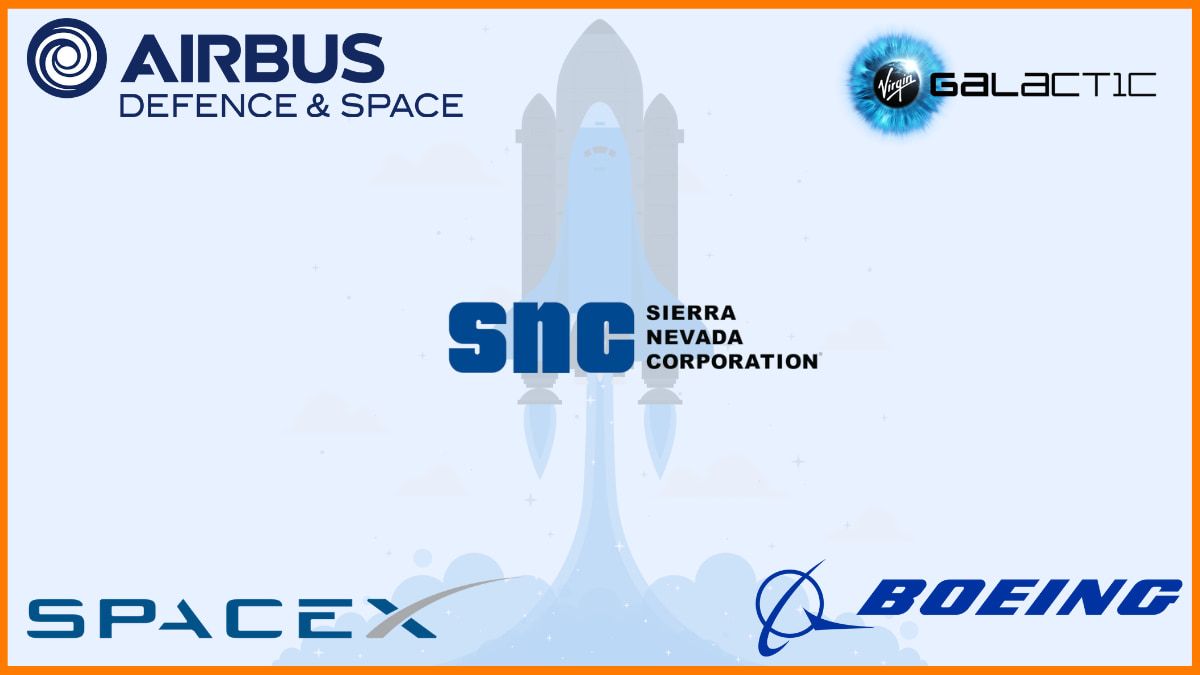After Prime Minister Narendra Modi and President Donald Trump met at the White House, India and the US announced significant efforts aimed at promoting collaboration in emerging technologies, artificial intelligence, and civil space. The US-India TRUST program, an AI infrastructure roadmap, and the INDUS Innovation platform to promote collaborations in energy, space, and defence are among the major announcements. In the official statement, the leaders announced the launch of the U.S.-India TRUST (“Transforming the Relationship Utilising Strategic Technology”) initiative, which will encourage the use of verified technology vendors and ensure the protection of sensitive technologies while promoting government-to-government, academic, and private sector collaboration to promote the application of critical and emerging technologies in fields like defence, artificial intelligence, semiconductors, quantum computing, biotechnology, energy, and space. By the end of the year, the business sectors in both nations will present a US-India Roadmap on Accelerating AI Infrastructure as part of this endeavour. With milestones and next steps, this roadmap will outline the obstacles to funding, developing, supplying, and linking extensive AI infrastructure of American provenance in India.
Along with addressing the safeguards and controls required to protect these technologies and lower regulatory barriers, the two nations will also facilitate industry partnerships and investments in next-generation data centres, collaboration on the development and access to computing and processors for AI, innovations in AI models, and the creation of AI applications to address societal challenges.
Launching of LNDUS Innovation
To maintain India and US leadership in innovation and to meet 21st-century demands, the two leaders also announced the launch of INDUS Innovation, a new innovation bridge modelled after the successful INDUS-X platform. This bridge will promote investments in space, energy, and other emerging technologies and advance industry and academic partnerships. The leaders also welcomed the next summit in 2025 and reaffirmed their commitment to the INDUS-X project, which facilitates collaborations between Indian and American defence businesses, investors, and academic institutions to generate vital capabilities for our forces. According to the release, the leaders also pledged to create reliable and robust supply chains for sophisticated materials, semiconductors, vital minerals, and pharmaceuticals as part of the TRUST project. The leaders want to promote public and private investments to increase Indian manufacturing capacity for active pharmaceutical ingredients for essential medications, especially in the US, as part of this endeavour. These investments will lower the risk of shortages of life-saving medications in both India and the US, diversify essential supply chains, and generate excellent jobs.
Unearthing the Potentials of Minerals
India and the US will increase research and development cooperation and encourage investment throughout the critical mineral value chain, as well as through the Mineral Security Partnership, of which both countries are members, in recognition of the significance of critical minerals for cutting-edge manufacturing and emerging technologies. In addition to announcing the launch of the Strategic Mineral Recovery initiative, a new US-India program to recover and process critical minerals (such as lithium, cobalt, and rare earths) from heavy industries like aluminium, coal mining, and oil and gas, the leaders of the two nations pledged to step up efforts to deepen their understanding of various critical mineral technologies.
In order to ensure technology security, the leaders of both the nations have decided that their governments will step up efforts to improve high-tech trade, ease export regulations, and lower obstacles to technology transfer between the two nations. According to the statement, the leaders also decided to cooperate in order to combat the shared problem of unfair export control activities by third parties looking to take advantage of the overconcentration of vital supply chains.




